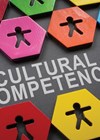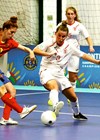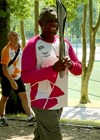Hearpeers is MED-EL’s international community for people with hearing implants and those considering getting a hearing implant, as well as their families and friends. This group enables people to connect with hearing implant recipients from around the world to learn more about hearing loss, hearing solutions, and life with a hearing implant, as well as hearing from others about their journey into the hearing world. Here, we meet three Hearpeers mentors, each one a talented musician and hearing implant user. They tell us a bit about their hearing loss or deafness, what identity means to them, and what they would like hearing health professionals to consider in their practice.
Julian Gómez, Student, Colombia.
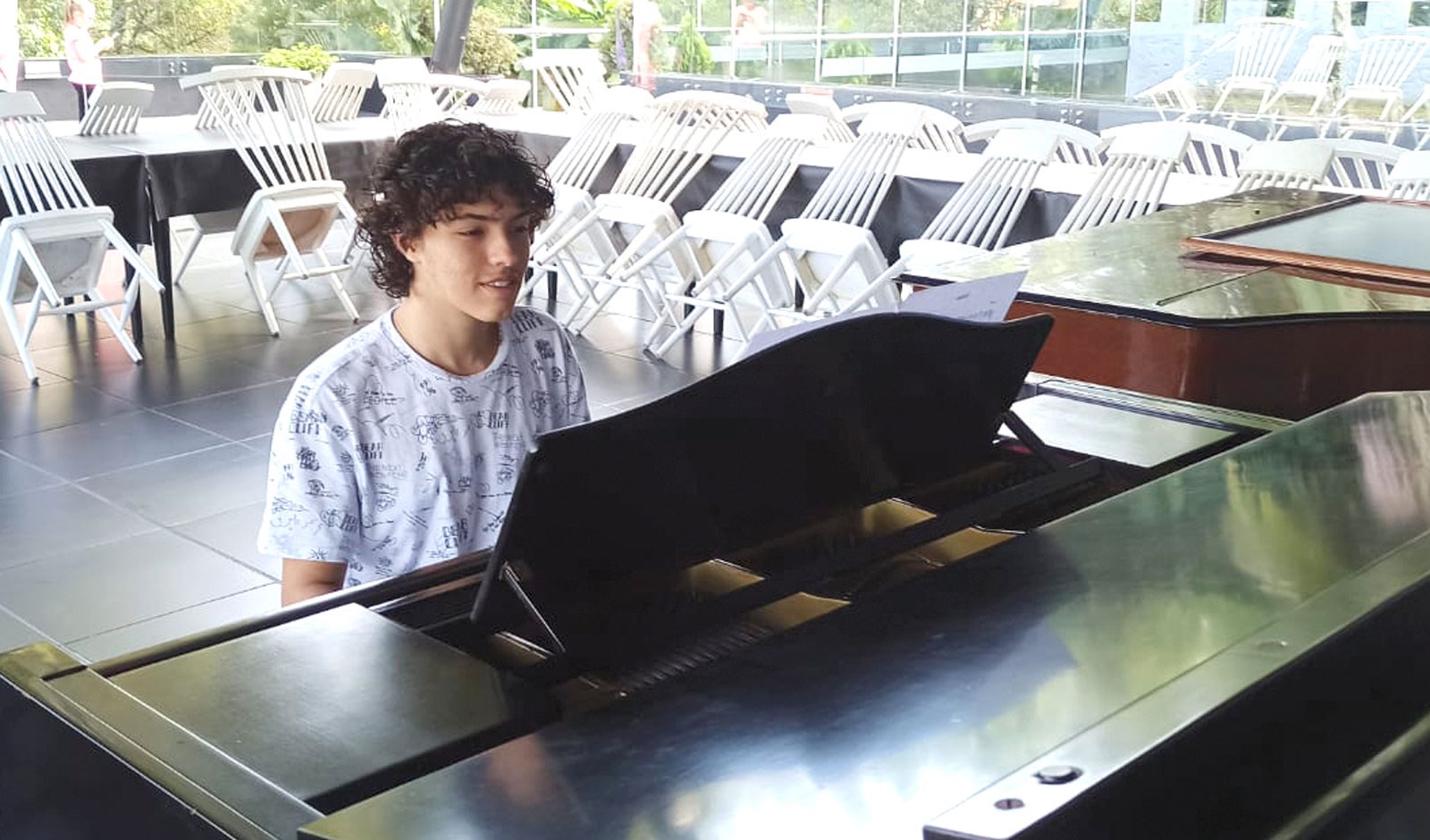
I was born with profound bilateral sensorineural hearing loss. My parents found out about this when I was a baby and were quick in finding a solution so my auditory verbal skills could continue to develop. I received my cochlear implant when I was 18 months old and I started my rehabilitation therapy after the first month. I had great support from my family, which is the key to a successful hearing journey. My sister was my biggest support. She helped me a lot when I started learning to speak and hear with my MED-EL cochlear implant (CI).
Being a deaf person with a hearing implant gives me the opportunity to understand both worlds: those who cannot hear and the world of sounds. It is an opportunity to represent a community that sometimes is not seen. Many people believe that a disability is only what you can see, but there are many realities and difficult situations a deaf person must deal with; for example, adaptation to school life and social life, isolation and, in some cases, incomprehension of the deafness and difficulties in making themselves understood.
"Being a deaf person with a hearing implant gives me the opportunity to understand both worlds: those who cannot hear and the world of sounds"
For these reasons, I participate in different interviews and events to demonstrate that deafness is a reality that, though not a mortal disease, has many consequences that can put your life at risk. It is to demonstrate that there are no limits to our goals, having solutions to hear, or achieving our dreams. I am pianist with a cochlear implant. Music is my passion and is a tool to show others that everything is possible.
I believe it’s important that hearing health professionals consider in their practice the very special identity of their patients and try to understand their needs, their dreams and challenges. It’s key that the professionals not only focus on performing a successful surgery, but really try to understand the specific patient individuality by putting themselves in their shoes. Also very important is that the otologist, the audiologist, the speech therapist and other professionals that are involved do work together and coordinate to ensure the best possible hearing journey for the patient.
Russell Tyler, Musician, Principal Oboist with the Orquestra do Norte, Portugal.
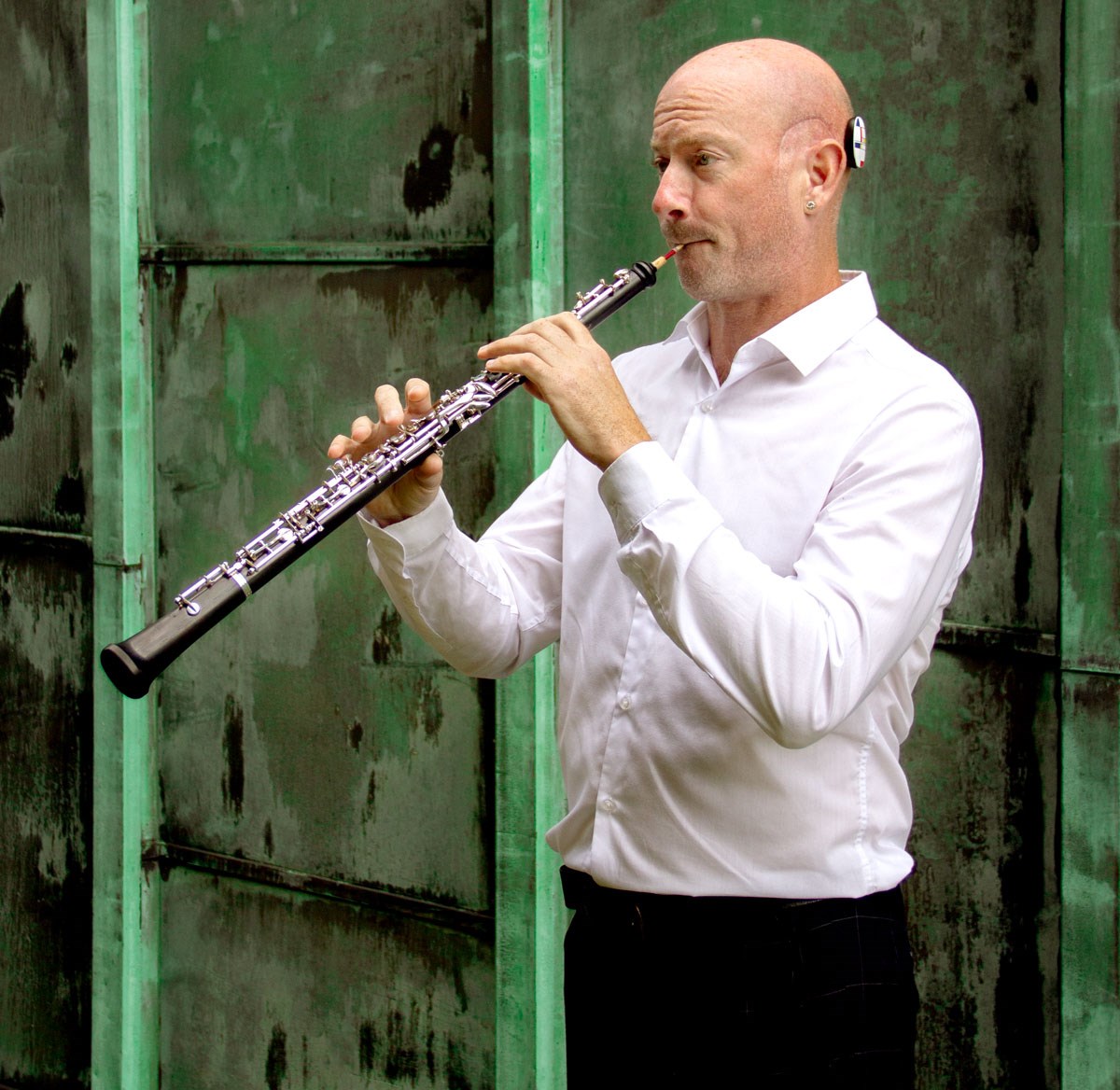
Since 2001, I have been principal oboe with an orchestra in Portugal. This means I personally have the responsibility to tune the entire orchestra.
I am a cochlear implant recipient. I lost the hearing on my left side after an operation for superior canal dehiscence syndrome (SCDS). After some time getting used to not hearing, my amazing ENT surgeon put forward the idea of a CI. After some research and seeing what was on offer, I was completely against it. Then he showed me the processor and, due to its simplicity, unique design and ease of use, I was more than happy to proceed with the implant.
With regular aftercare, speech therapy and homework, at six weeks I was at the level of a non-musician at six months. It still requires work. In conjunction with Meludia, an online music training platform tailored to cochlear implant users, I am again returning to practising.
In terms of deaf identity, it’s really something I have not thought about.
What I know is that I don’t let it stop me doing sport (sprint kayaking), gym and running, and it also helps with my music.
Before I used the CI, hearing on my left side was non-existent so I had to keep explaining to people I was half deaf, or position myself always on the left-hand-side of the person I was conversing with. The visibility of the CI helps, as people notice and take more care with speech and pronunciation. Though not always necessary, it always helps. Now I am very proud of my processor, and I wouldn’t ever play in orchestra without it.
I would like surgeons to consider doing what my surgeon did with me: giving possible future implantees the possibility to speak to previous patients, so they can explain the process they went through, what is involved, what to expect, and answer those questions which we believe are ‘silly’, but which of course not silly at all. I think, personally, I have had an amazing team; surgeon, audio technician, representative of MED‑EL and speech therapist. So, I consider myself very lucky.
Olav Elias Falch, Social worker, Norway.
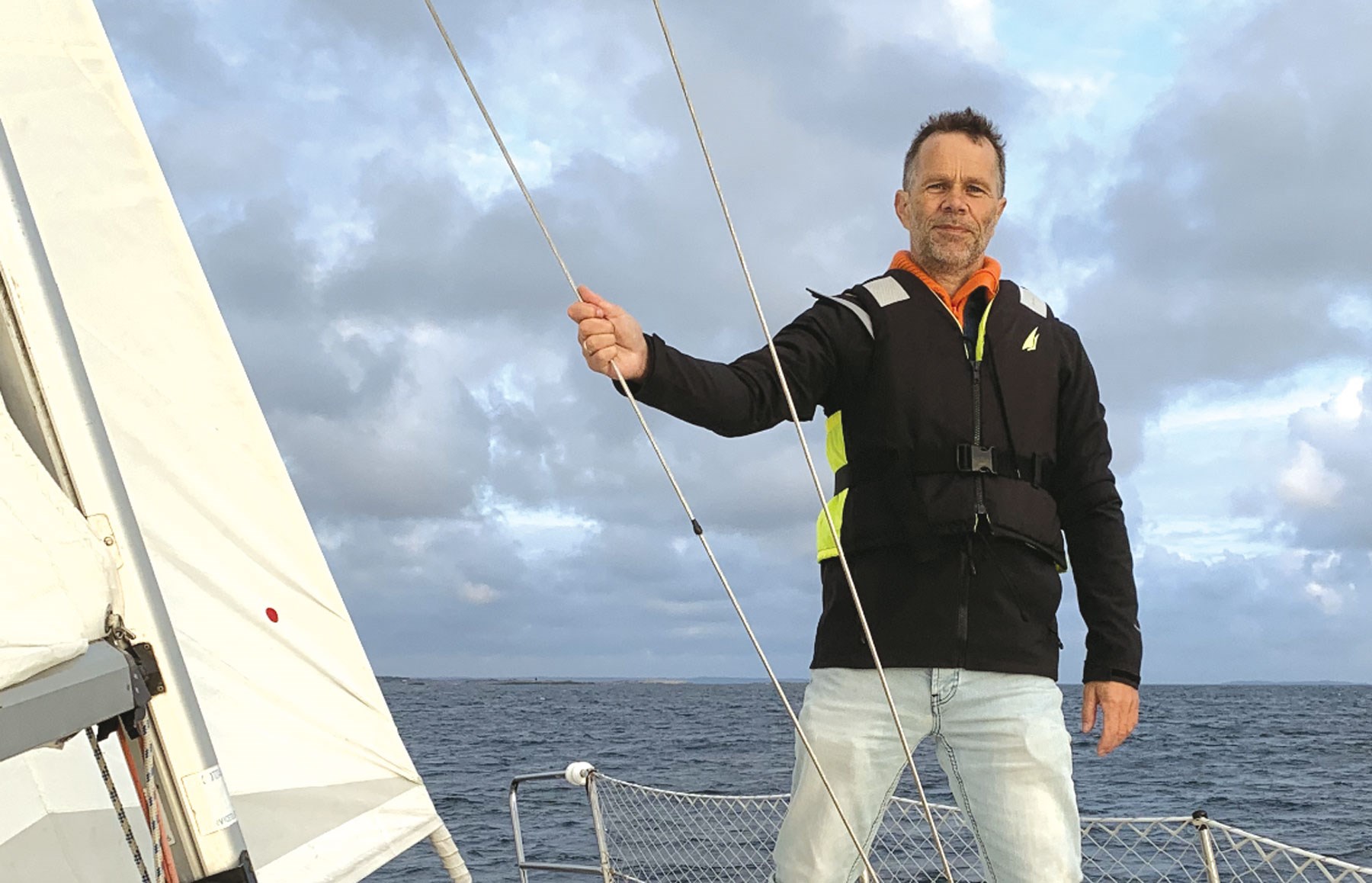
I struggled with single-sided deafness since 1975, when I was seven years old. As a child, I often had inflammation in my left ear that didn’t respond to antibiotics and resulted in damage to the bone around my outer ear, followed by repeated radical cavity operations.
My residual hearing gradually deteriorated from my 20s onwards, partly due to constant exposure to loud noise while working on an oil platform for 15 years. Although my work changed many times over the years, it was the social aspect of my life that I found really challenging. Before getting implanted, I experienced many difficult situations that I found emotionally challenging and sometimes embarrassing. My life with hearing loss left me feeling lonely and isolated, especially when I struggled to participate in gatherings and when out with friends.
After many years of worsening hearing, I finally decided that a bone conduction implant that leaves my skin intact was the right choice for me. This was because I didn’t need to change my lifestyle. It took a while to adapt to my new hearing, but it has changed my life and has given me more than I could have ever dreamed of. I can join parties without getting tired from concentrating because I rarely need to ask someone to repeat what they say. I can communicate easily with my co-workers and patients, even on the phone. I’ve also got back my sense of direction! Playing music is also very good, and the music experiences have become even better than I thought they were. I’m now a volunteer Hearpeers Mentor, so that I can share my experiences and support other people.
When I think about my experiences with the medical teams that helped me throughout my life, the thing that stands out for me is communication. My top tips for professionals would be:
- Reiterate that the brain takes some time to get used to hearing with an implant, and that practice and patience are key.
- Provide information about what to expect in advance. I was worried about things that I now know are normal. For example, that after surgery that I might see a little bit of blood on the bandages. Guidance about what to eat after surgery, when to contact the hospital and what team will be at follow-up appointments would also be helpful.
- Providing us with written information at the right time is crucial to make sure that we really understand all the steps and don’t miss any important information. For example, I received some information after surgery, but it disappeared, and I couldn’t remember what was said because I was still feeling the effects of the anaesthetic.
Overall, I’m grateful to all the medical professionals who helped me to live my life to full again in a hearing world.


